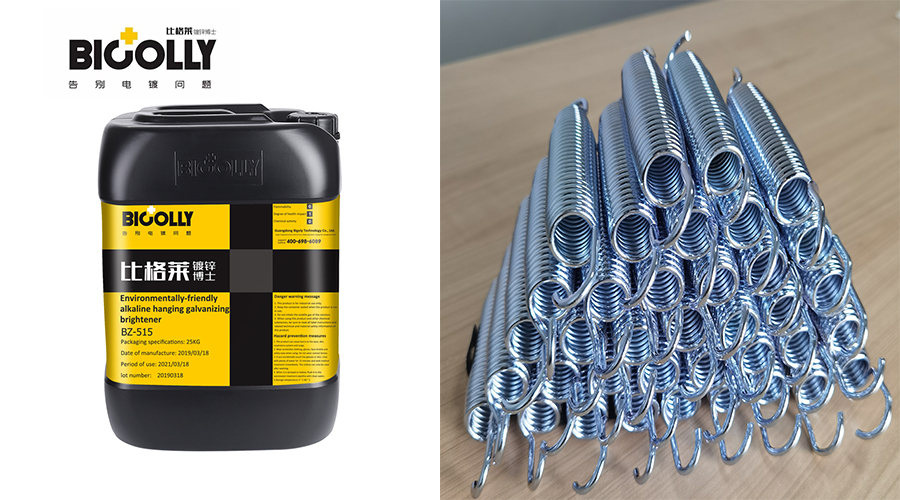
When the alkaline galvanizing process has a blistering fault during production, it has always been a difficult fault to deal with. Having an understanding of how to troubleshoot the cause of blistering can help improve the efficiency of solving galvanizing failures.
Fault phenomenon
There are two automatic production lines for alkaline galvanizing process in an electroplating workshop, and the percentage of zinc blistering after the plated parts come off the line is about 50%. After a heat shock test later, they found blistering parts up to 80% of the time. There are several possible causes for blistering, with incomplete degreasing being one possibility. Let's analyze how to troubleshoot this possibility this time.
Incomplete degreasing before plating
The first step is to analyze the degreasing solution, pickling solution, and galvanizing solution, and if the content of each component is within the range of the process, then the next step can be taken. Next, it is necessary to check whether the workpiece is thoroughly degreased before plating. After degreasing, the surface of the workpiece is completely hydrophilic to be qualified, that is to say, there should be a complete water film. If there is a part of the surface that is not hydrophilic, it means that the degreasing is not complete.

What can be done about incomplete degreasing?
In this case, the workpiece cannot be plated and needs to be degreased again until it is clean. By the way, there is a place to note that we should test whether the oil removal is thorough after activation and water washing.If pass the above tests, the parts are found to be thoroughly degreased, and there is no oil on the liquid surface of each rinse tank and acid tank before plating, the possibility of incomplete degreasing can be ruled out. Blistering occurs in the alkaline galvanizing process. In addition to incomplete degreasing, blistering can be caused by pickling, hydrogen penetration in the workpiece, high internal stress in the plated layer, and whether or not there is an excess of additives in the plating solution. We have accumulated a lot of experience in analyzing plating solution and dealing with plating faults in cases where we have provided technical services to our customers.
If you want to know more about this, please feel free to contact us.